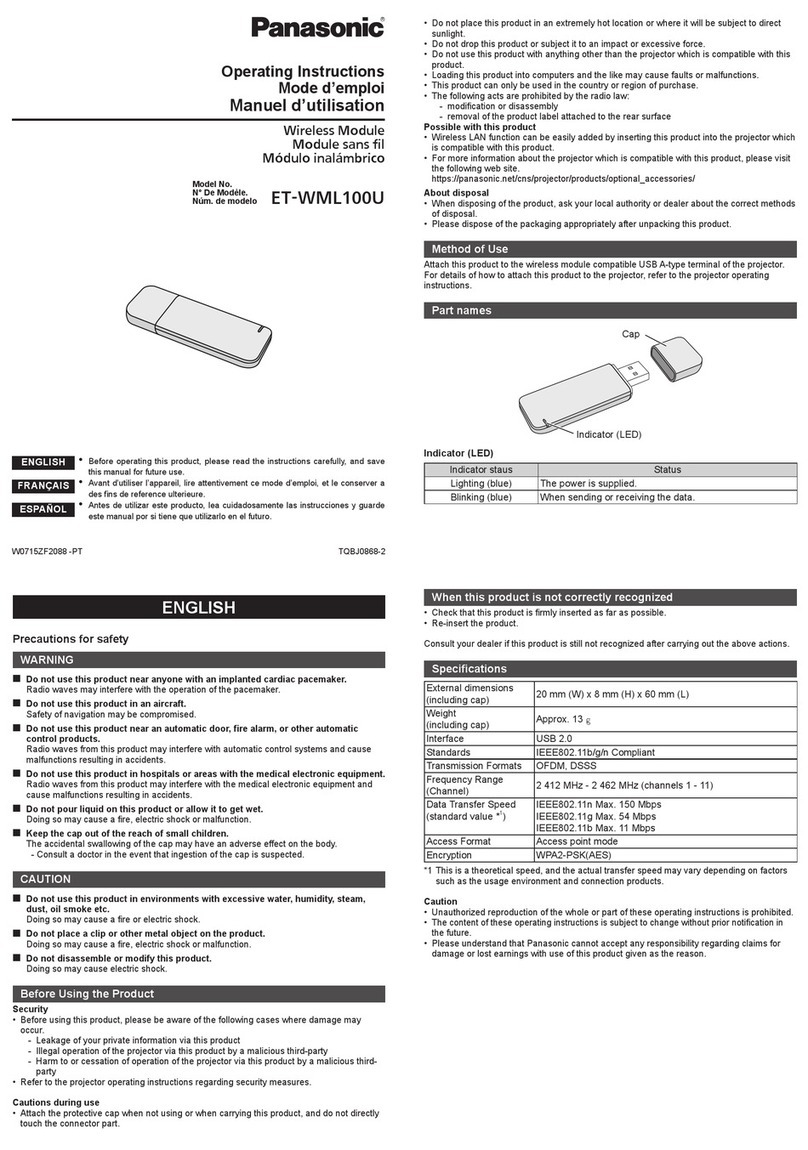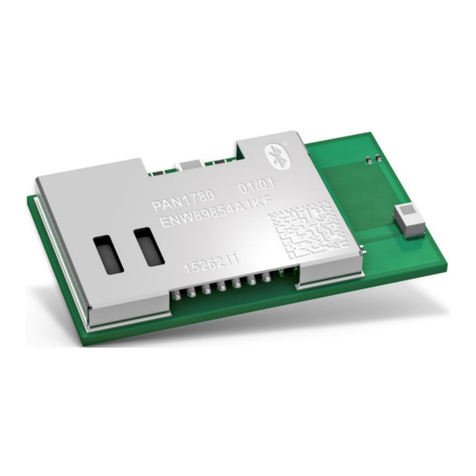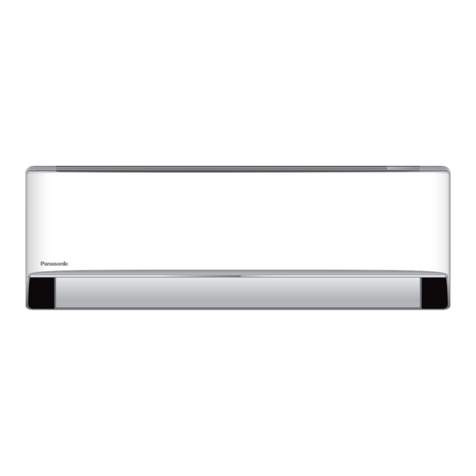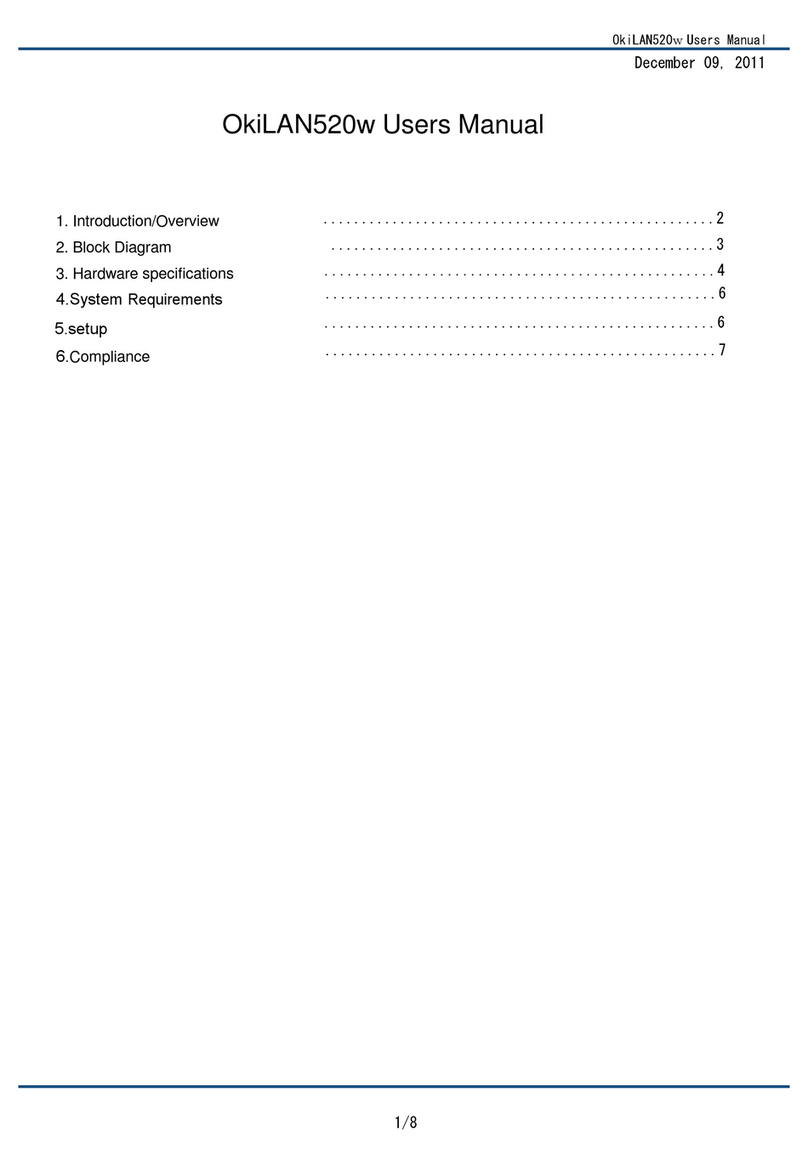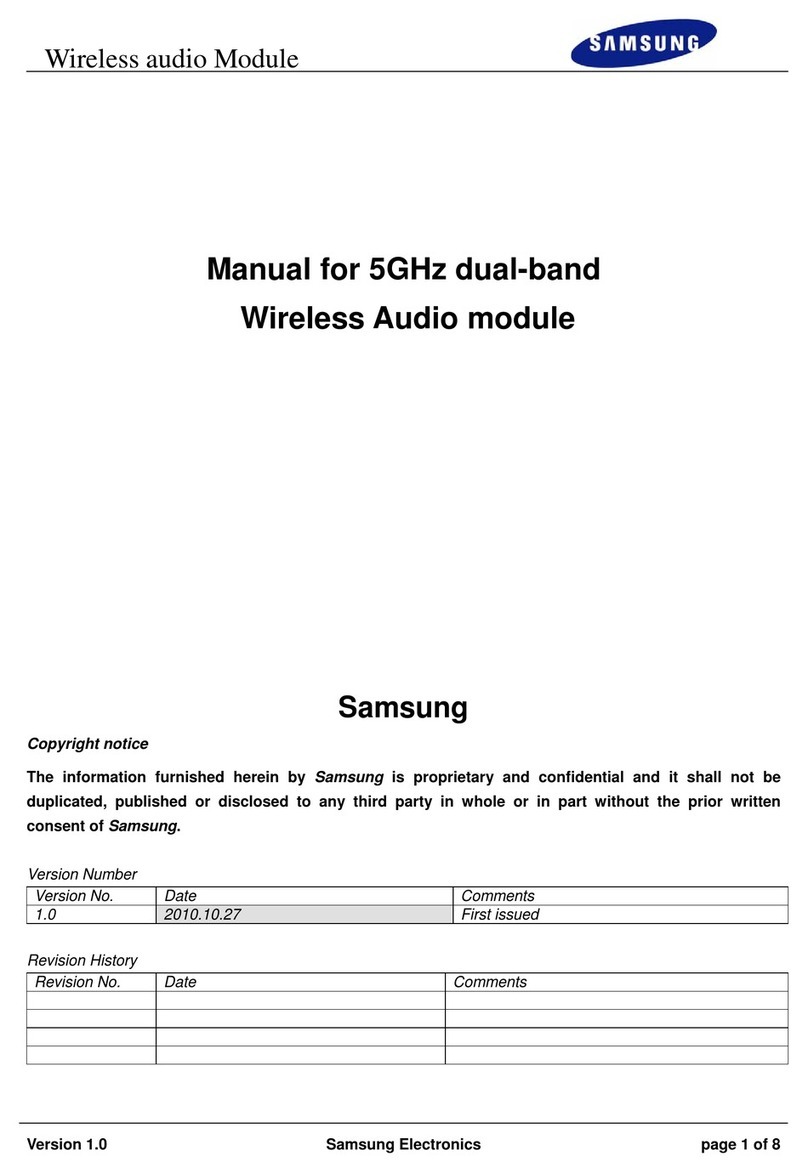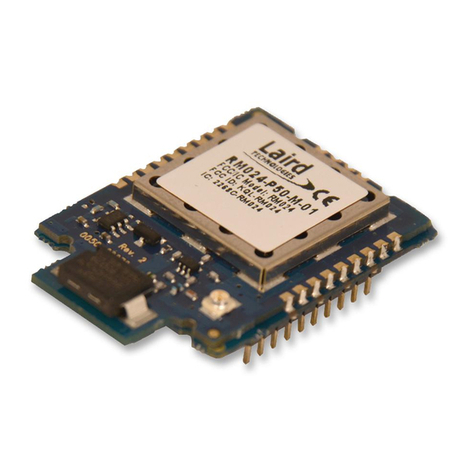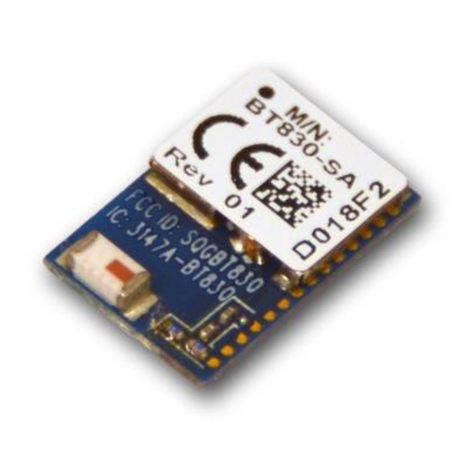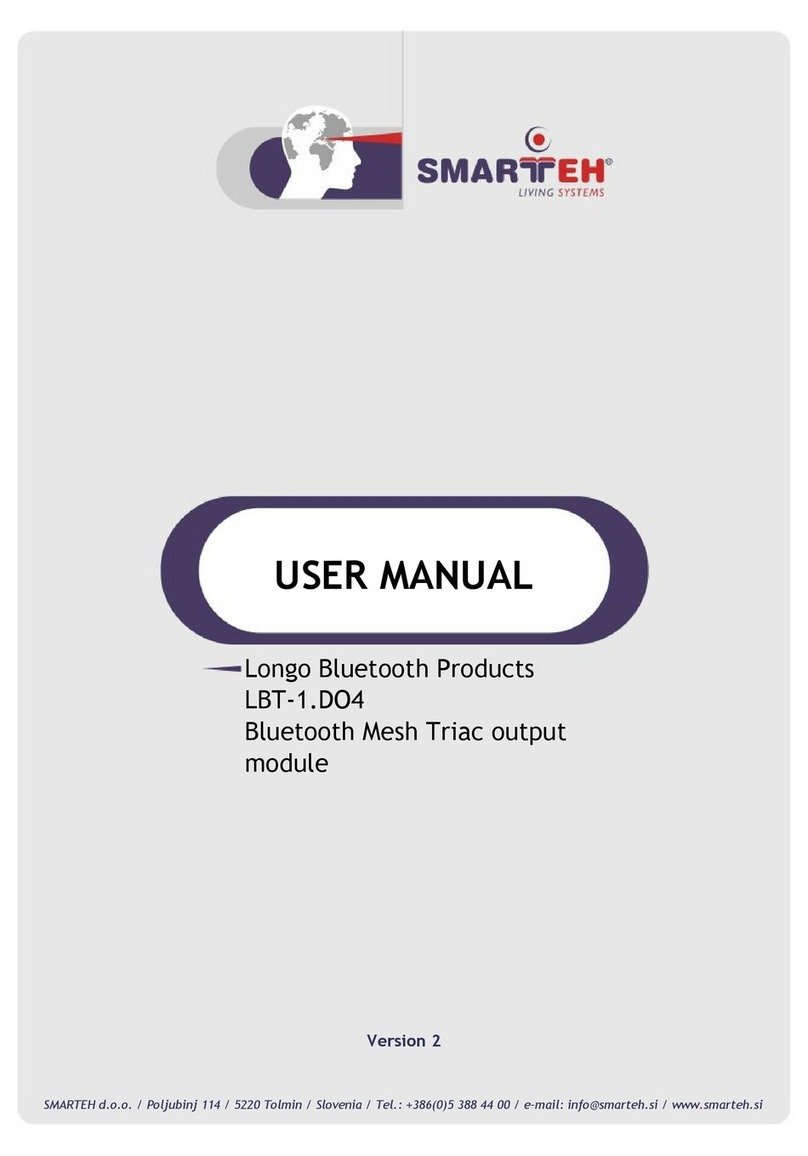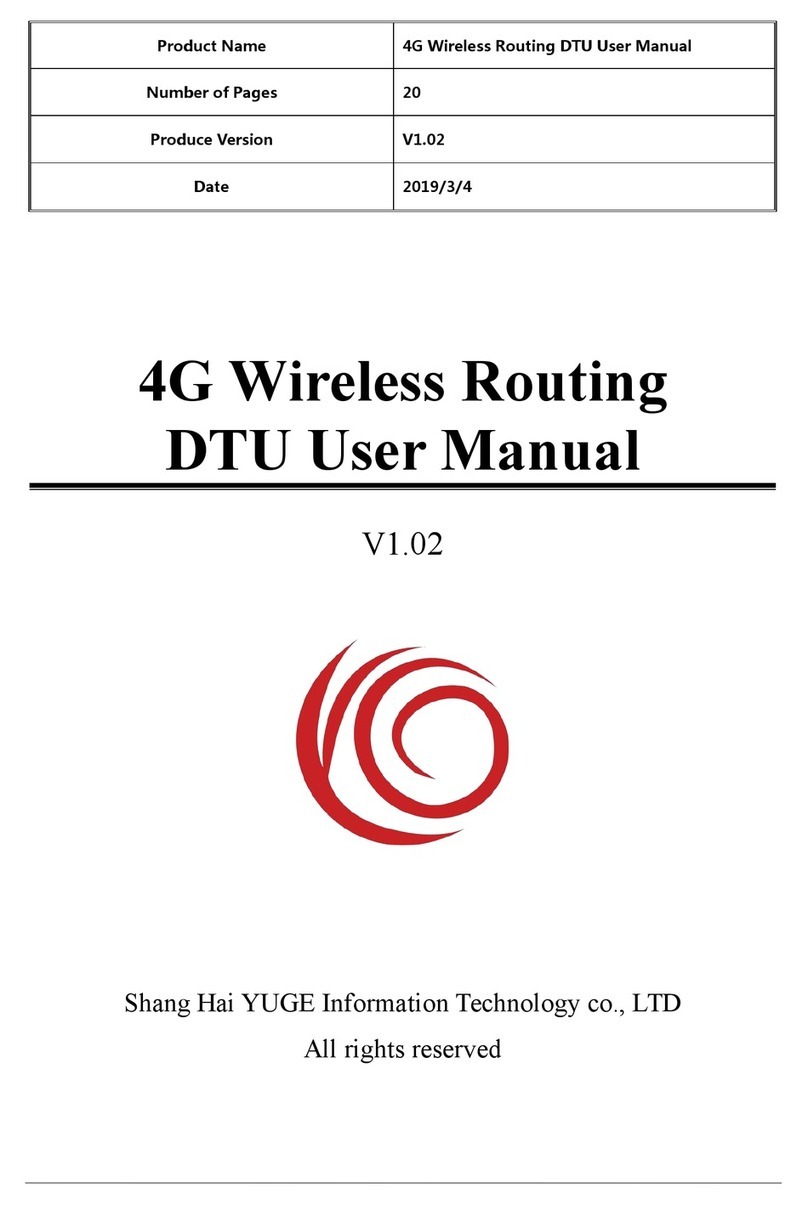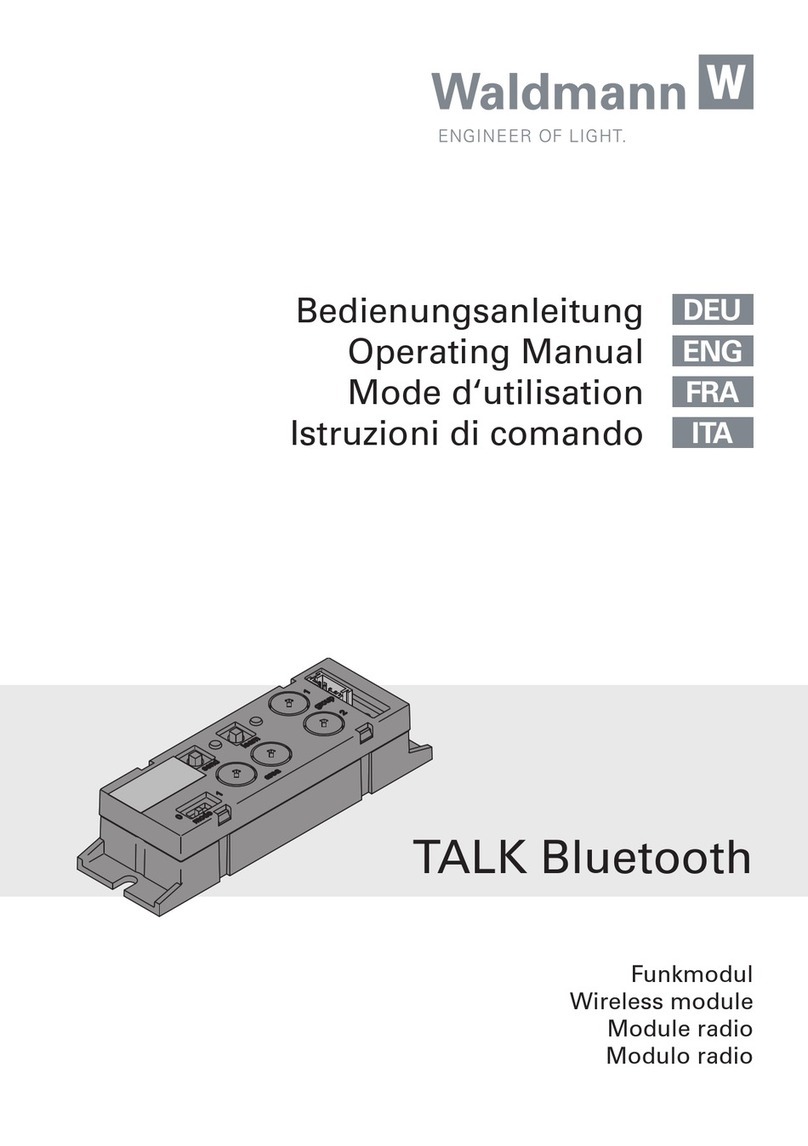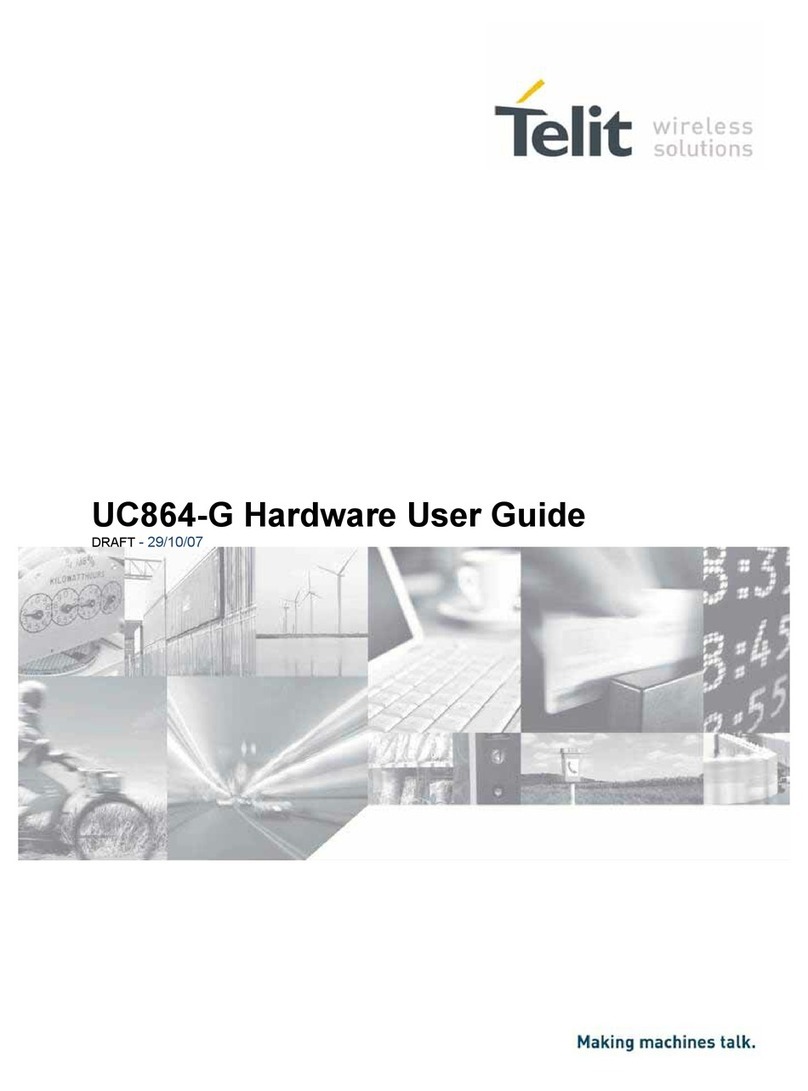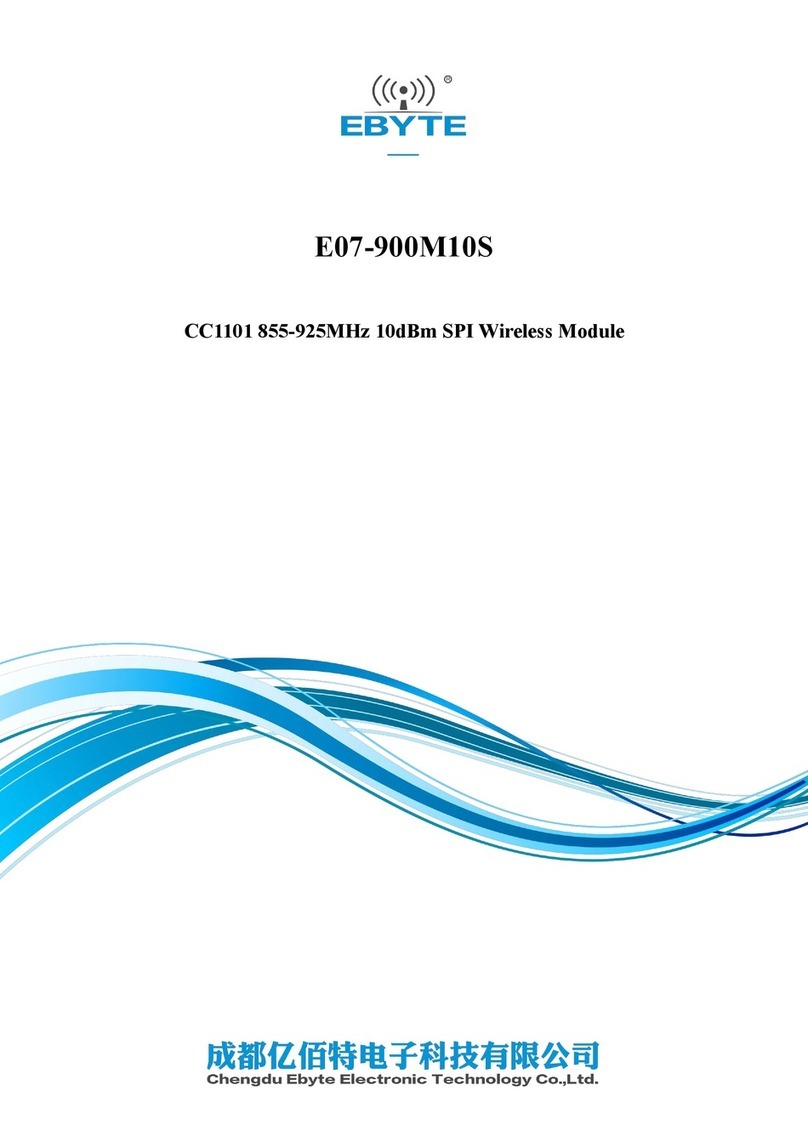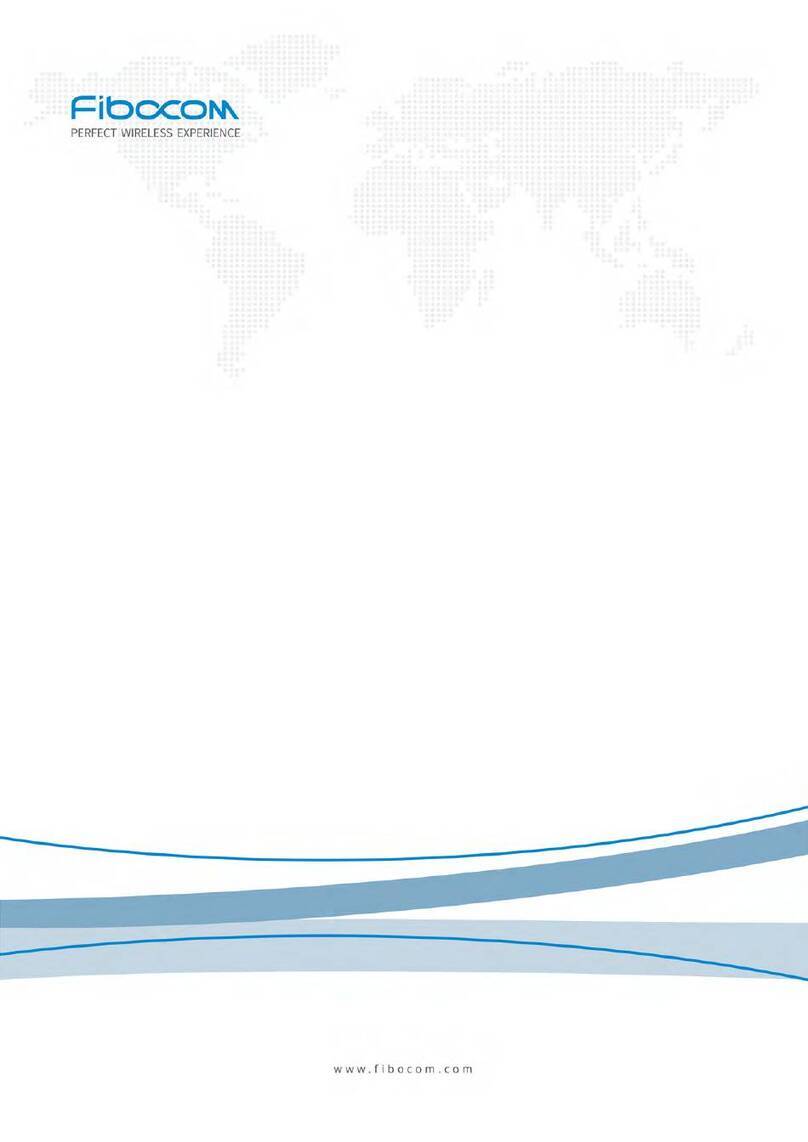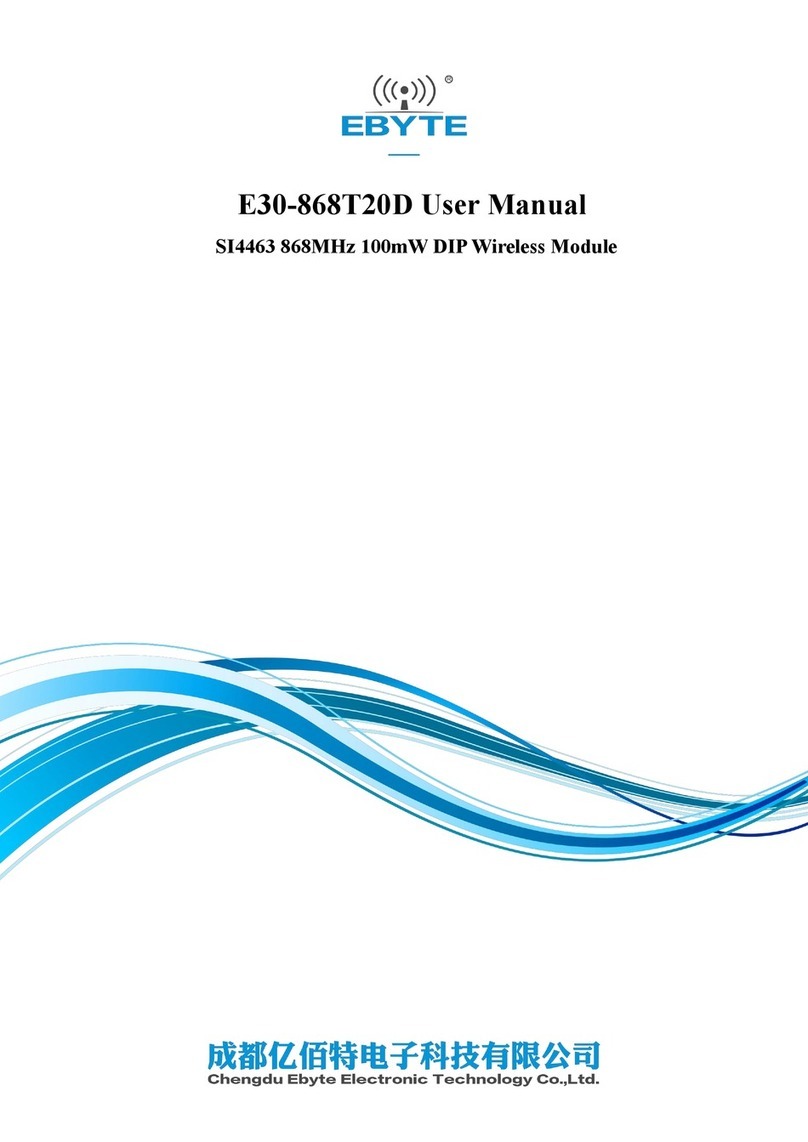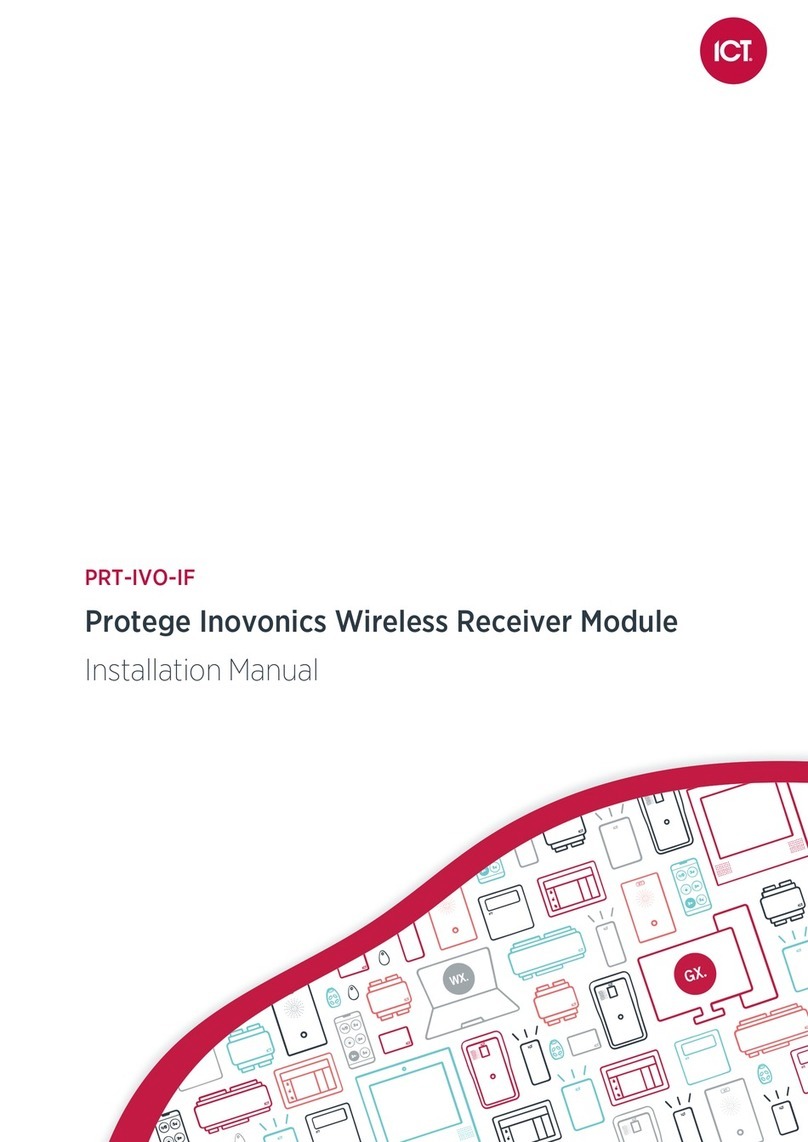
PAN1740/1740A Bluetooth Module
Design Guide Rev. 1.0 Page 3
Table of Contents
1About This Document .................................................................................................................. 4
1.1 Purpose and Audience......................................................................................................... 4
1.2 Revision History .................................................................................................................. 4
1.3 Use of Symbols................................................................................................................... 4
1.4 Related Documents............................................................................................................. 5
2Overview....................................................................................................................................... 6
2.1 PAN1740 ............................................................................................................................ 6
2.2 PAN1740A.......................................................................................................................... 6
3Reference Design......................................................................................................................... 8
3.1 USB-Dongle........................................................................................................................ 8
3.2 Mother Board ...................................................................................................................... 9
3.3 Adapter Board................................................................................................................... 10
3.4 Placement Recommendations............................................................................................ 11
4Run the Keil Project (Example).................................................................................................. 13
5Proximity Profile with two PAN1740/1740A USB-Dongles (Example) ....................................... 16
6Smart Snippets........................................................................................................................... 19
6.1 Program Structure............................................................................................................. 19
6.2 Application Demo: Proximity Profile.................................................................................... 23
7Dialog Serial Port Service (DSPS).............................................................................................. 25
7.1 Pro Kit with PAN1740/1740A Adapter Board (iPod)............................................................. 25
7.2 Two Pro Kits with PAN1740/1740A Adapter Board ............................................................. 28
7.3 Two PAN1740/1740A USB Sticks...................................................................................... 28
8Production Tools........................................................................................................................ 30
9Life Support Policy..................................................................................................................... 31
10 Appendix.................................................................................................................................... 32
10.1 Ordering Information.......................................................................................................... 32
10.2 Contact Details.................................................................................................................. 34
